Description
Program individualization is critical for effective training.
Why Train with PlyoCare Balls?
Improve your arm health, command and velocity at the same time with PlyoCare Balls.
Increasing your velocity stems from two activities:
- More efficient arm mechanics
- Improving your force production
PlyoCare balls vary in weight, grooving a more natural and efficient arm path—and with repeated use, ingrain good habits.
Generally, PlyoCare® Balls are used more often as a part of warm-up, recovery and every day throwing drills. Driveline uses them in a variety of constraint drills to help athletes learn mechanics.
Join the professionals that count on these training tools every day to maximize arm care.
About the PlyoVelo Calculator
The PlyoVelo calculator provides direction and context as to what training focus may benefit the athlete the most.
The most common way we have been using the new plyos in-gym is to program athletes for overload or underload velocity phases based on what the PlyoVelo calculator tells us after an athlete does a baseline plyo velo. The calculator will suggest overload, underload, or standard set. Previously, as the graphic below shows, the standard set of 6 balls involved athletes throwing balls across the overload/underload spectrum. With these added balls, we have more plyo options that allow us to program more focused overload and underload phases without sacrificing weight variability.
These more targeted over/underload phases can be great for athletes that:
- Have a lot of experience throwing plyos
- Have experienced or are experiencing a training plateau and could benefit from a more novel training stimulus
- Going through an on-ramping or developmental phase where a high amount of training economy is being spent in the weight room
- Would benefit from a more clear plyo progression throughout the offseason and preseason
With our NEW Plyo Velo Calculator, coaches can take a ‘baseline’ plyo velo session and input the athlete’s results from the session along with their peak velocity with a baseball on the mound. We can then compare the athletes ‘actual’ plyo velo numbers to what we would ‘expect’ them to throw based on their mound velocity. Seeing a distinct ‘residual’, or difference between their ‘actual’ vs ‘expected’ numbers can help us decide whether this athlete is best suited for an overload or underload phase.
The report below shows the results of a ‘baseline’ plyo velo. Because our athlete did not show several large discrepancies between ‘actual’ and ‘expected’ velocity, he was bucketed for ‘Standard’. Meaning, he would throw the standard set of 6 plyos in his upcoming training phase.
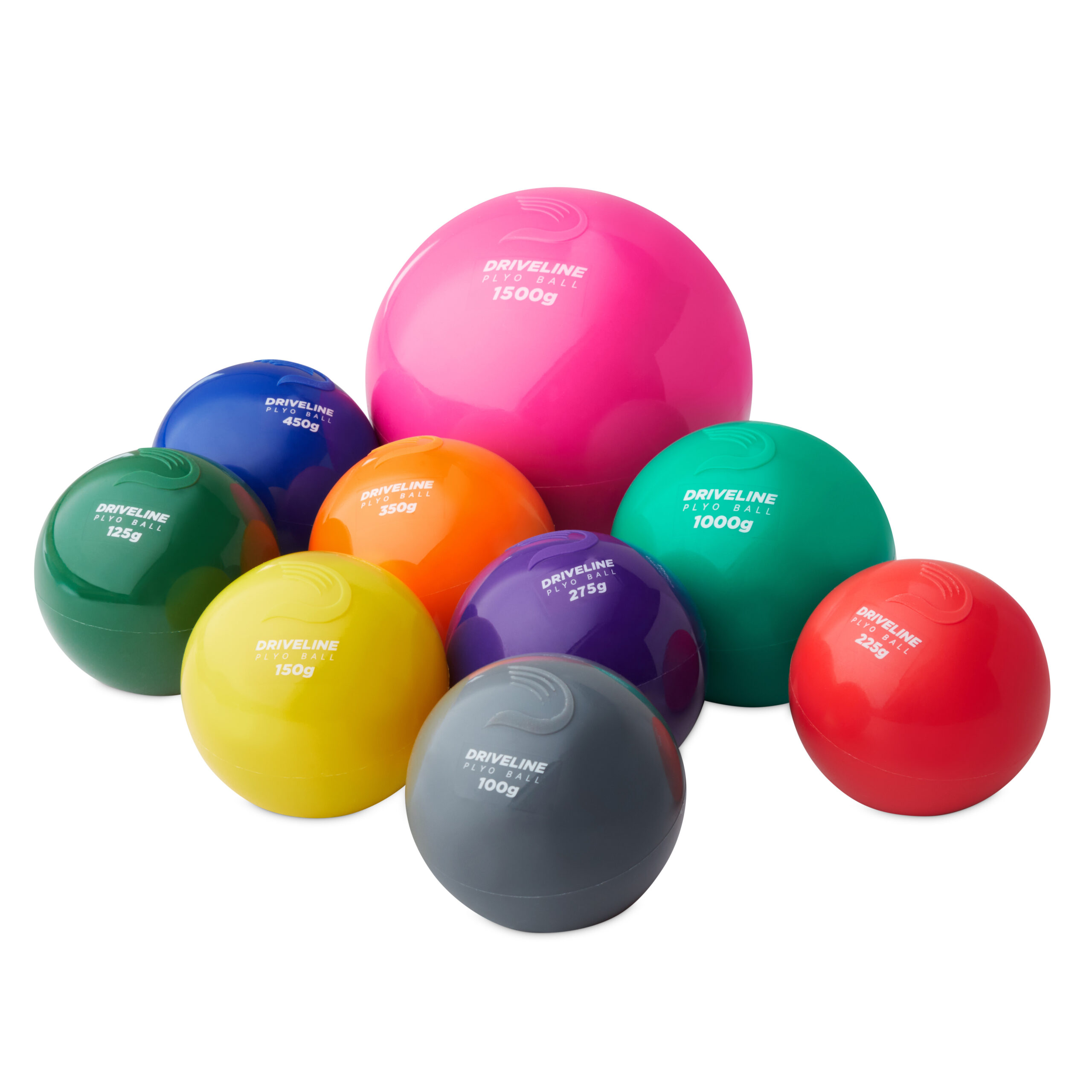
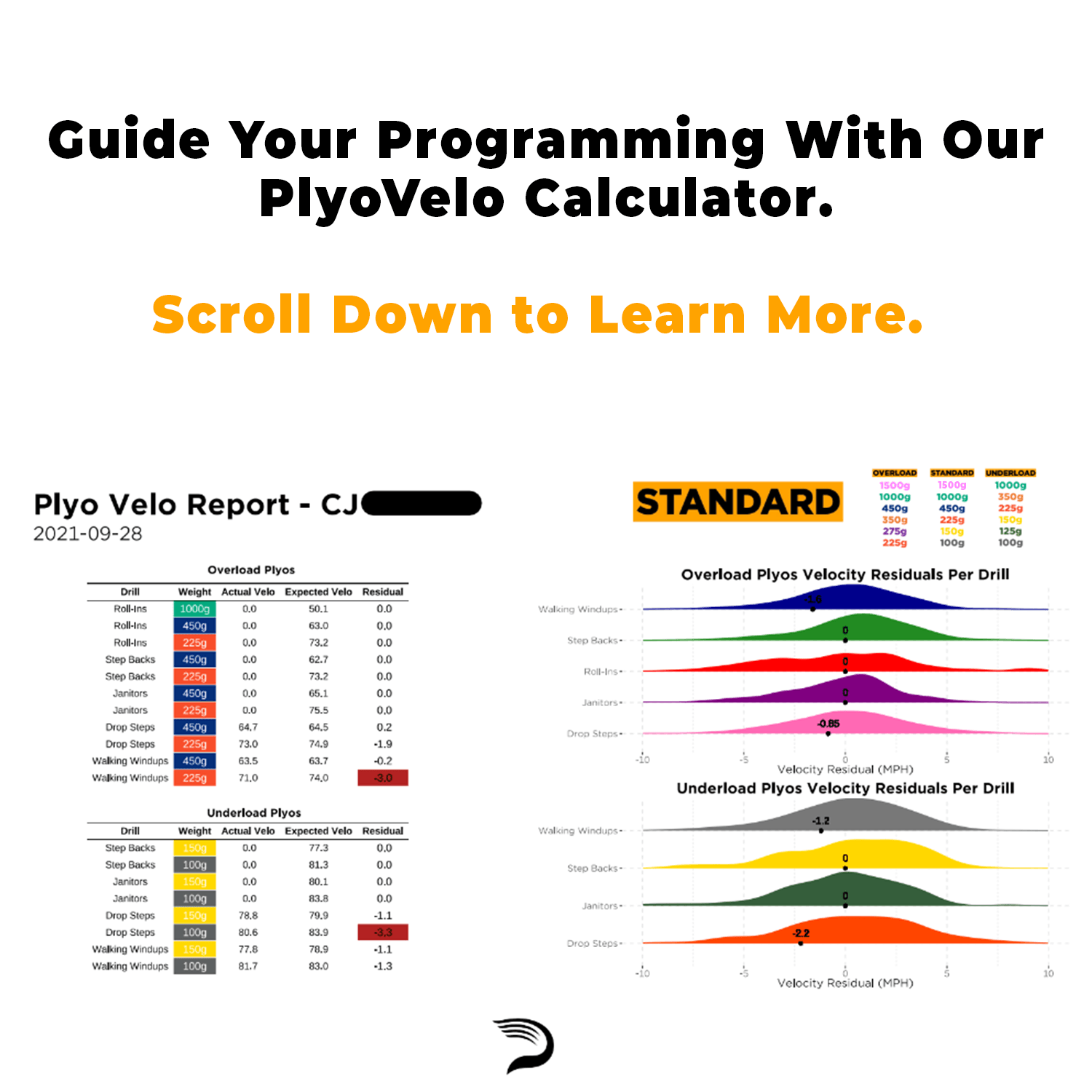
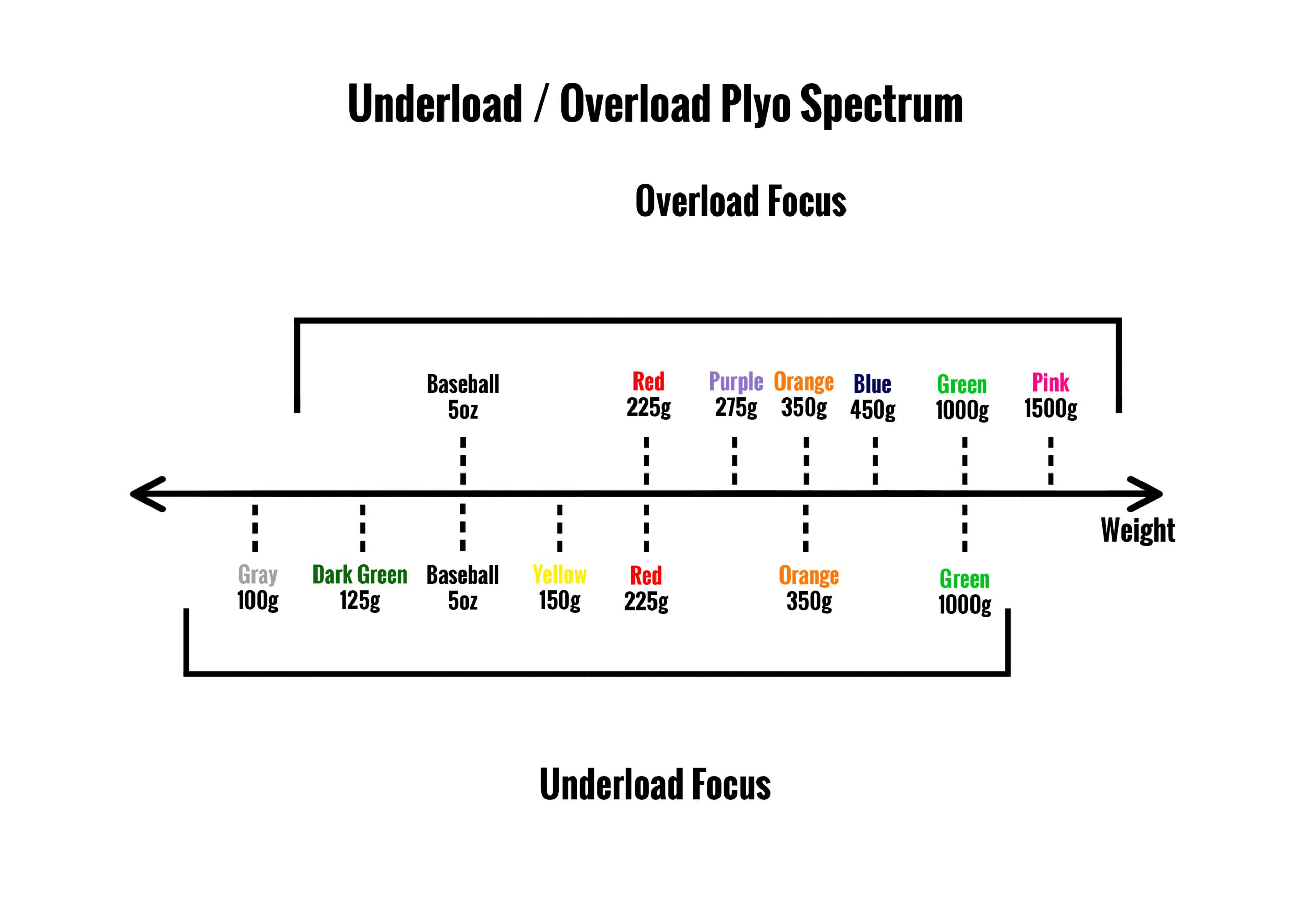
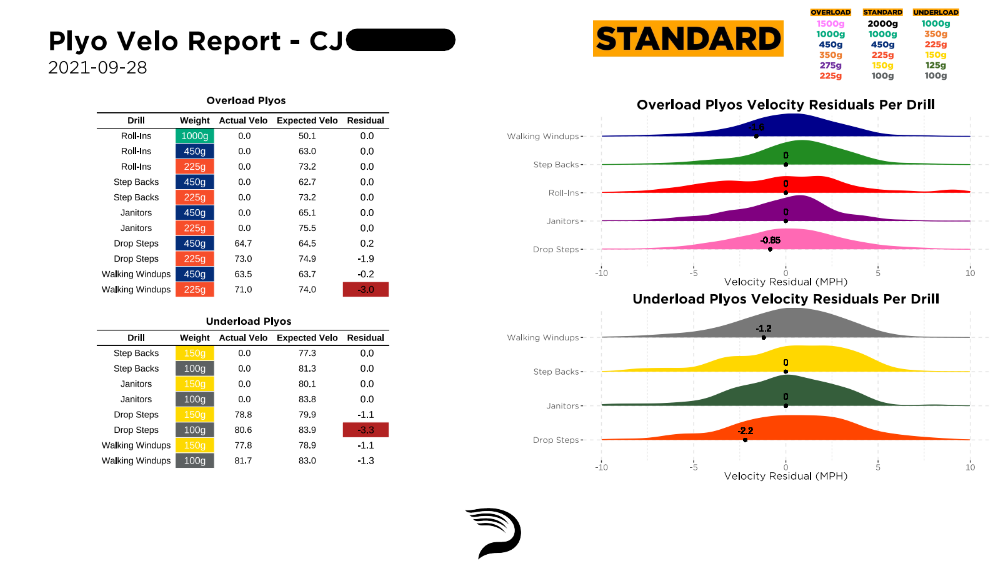

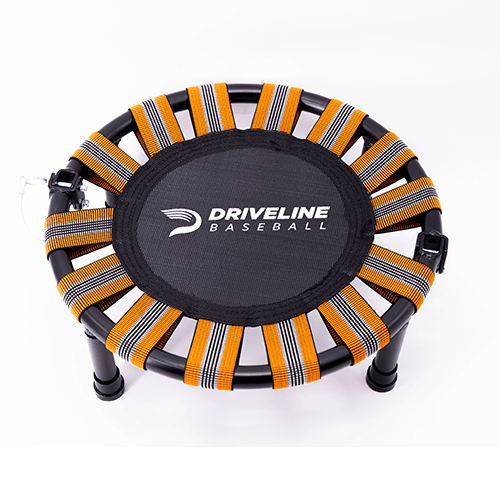
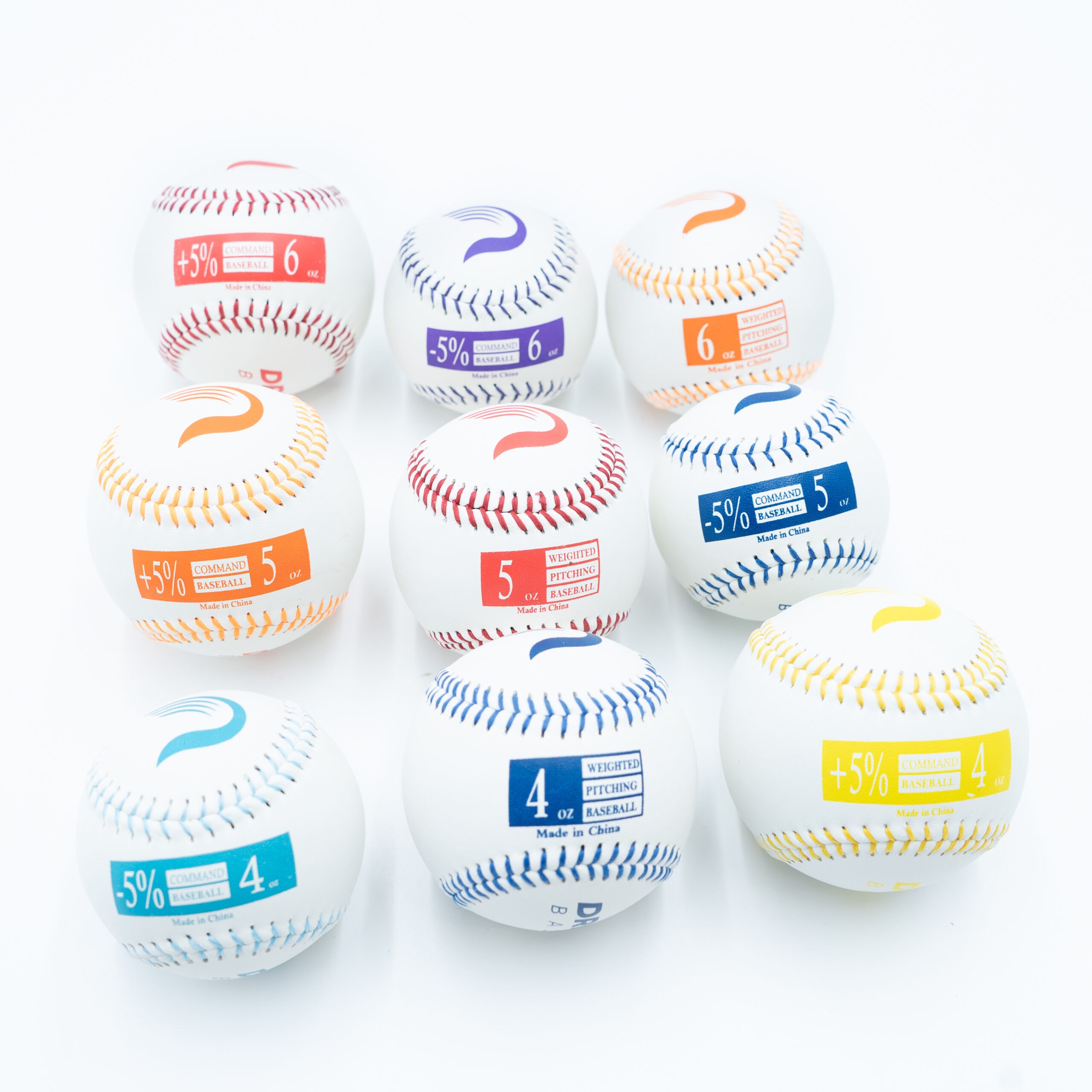
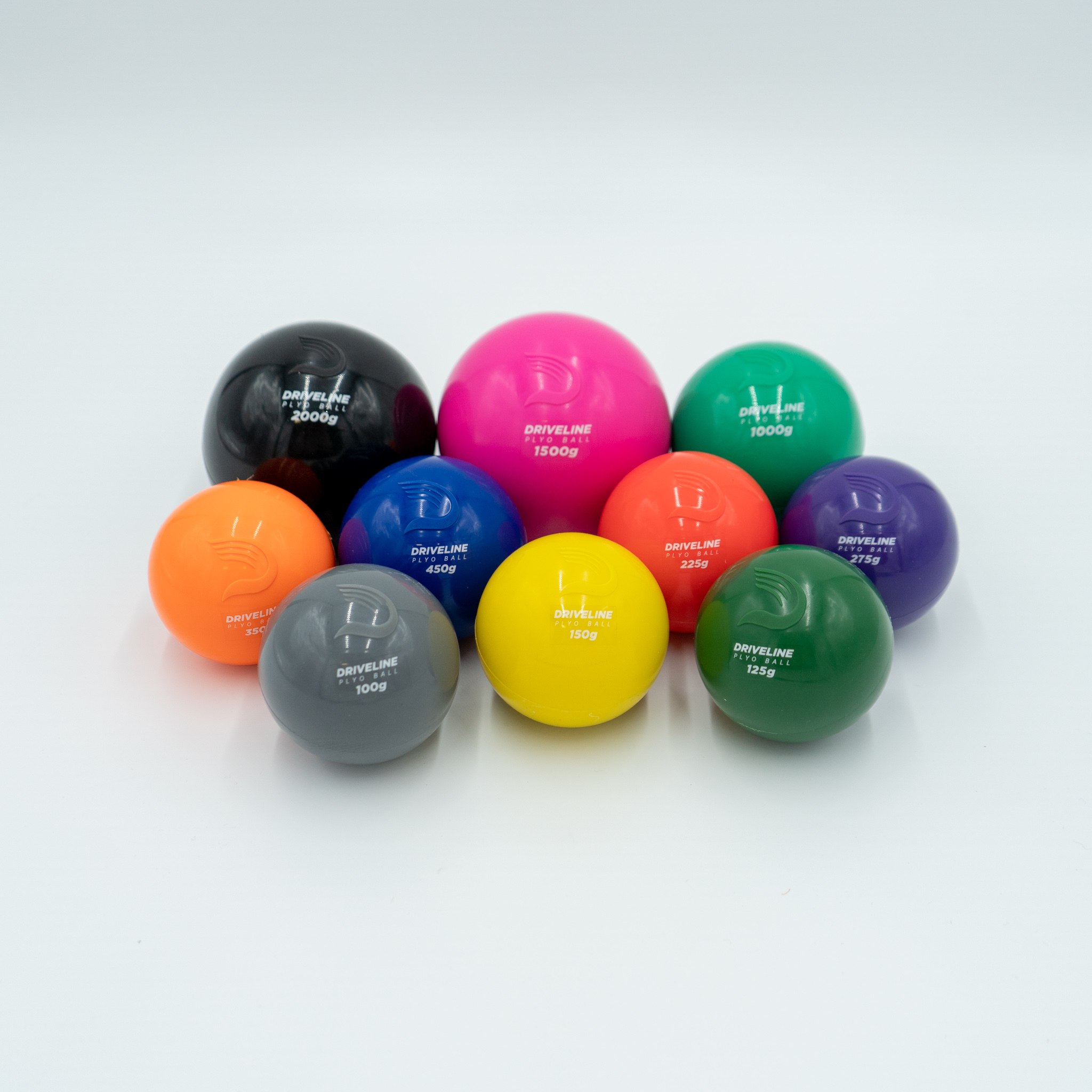
Reviews
There are no reviews yet.